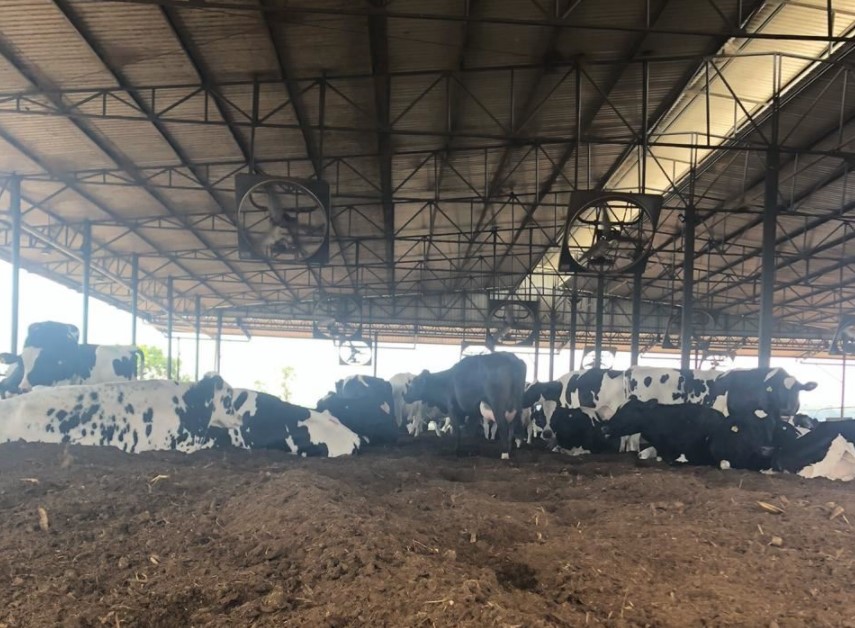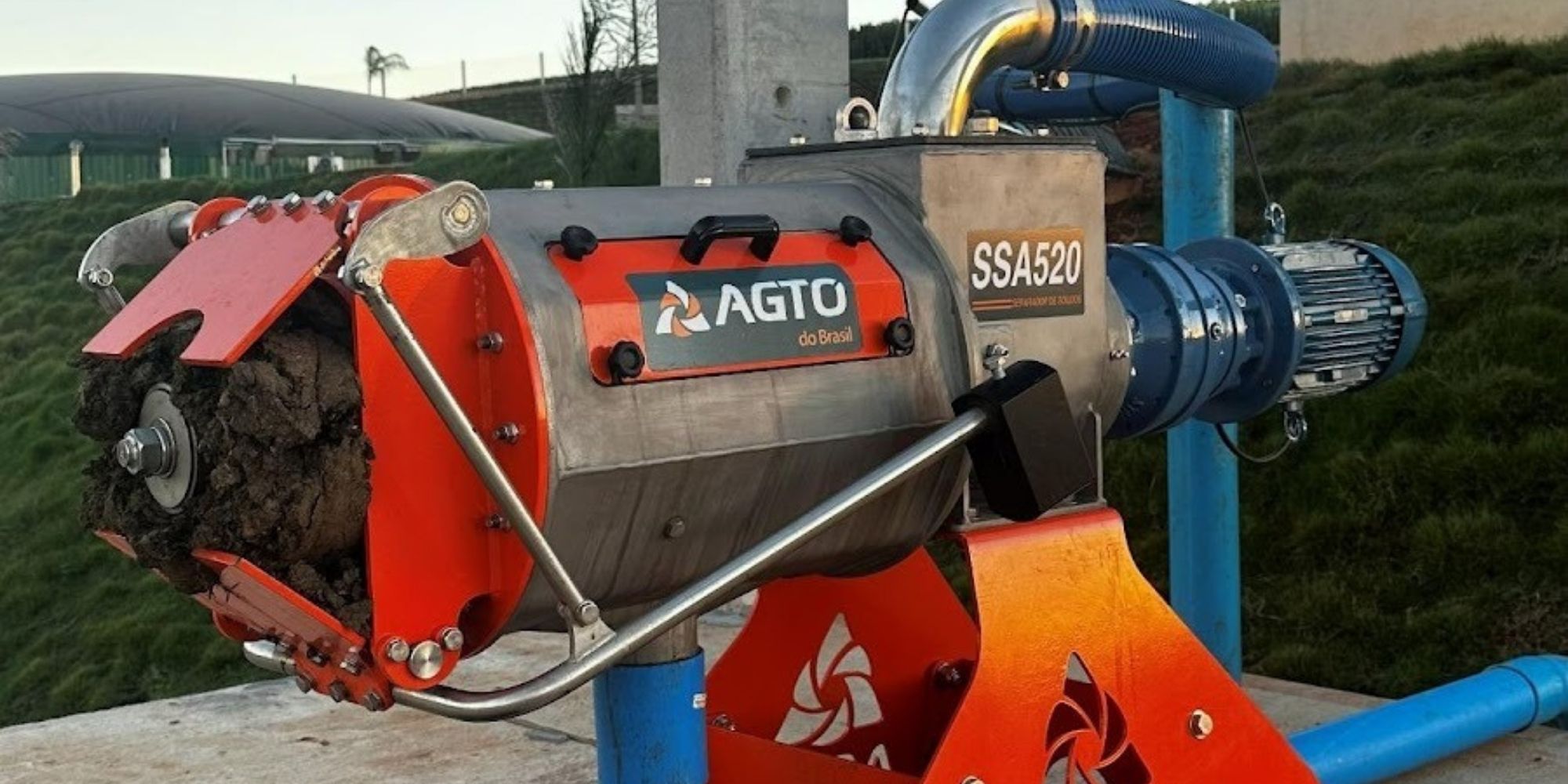Nothing worse than feeling cheated. When you are “up to your neck in clay” everyone encourages you to build, but after the shed It’s ready, all they need to do is tell you: “Whoever gave birth to Mateus, let him cradle him”. You know it will work, but you know that information is worth gold, now you know it firsthand.
Here I'm going to touch on some points that producers generally don't pay attention to and which are often a source of frustration in a recently finished construction. Calm! There's a way for everything... or almost everything.
Source: Hayla Fernandes
The first thing every first-time father goes through is: replacement and repair of the blessed bed. You need to understand that the bed is alive. It is a mixture of carbon (coming from shavings or other material), nitrogen (coming from urine), water (from urine and manure), bacteria (coming from manure) and oxygen (coming from aeration or daily turning of the litter). When all these elements are in balance you have a bed with a uniform color, without lumps, with an adequate temperature, without flies, etc.
Here are tips:
Forming clods? It's a sign of moisture high. Time to think about three immediate actions: turn on the fans longer (if they are not on 24 hours a day), replace bedding material and perhaps use a rotary hoe to break up the clods that have already formed. Just using the rotary hoe can help you for a while, but if the humidity is high, we must act on the formation of clods and not just break up the ones that form.
Compressed bed? High humidity. Replenishment and ventilation are crucial and aeration more times a day. Important tip: spending more time beating the bed doesn't make as much difference as doing one or two extra shakes until it's fixed, as the first time the bed is beaten it loses more moisture, and from the second time onwards this loss becomes smaller. So shake the bed, but try to do this at more times of the day, just until you unzip it and see that the humidity is under control. Then normal life.
Striped bed? The bed is always being turned in the same direction and is not mixing wetter areas with drier areas. Start doing zigzag movements in the shed at least a few times a week. This way, areas with greater animal traffic will mix with areas with less traffic and you guarantee that the bed will have more uniform humidity. Pillars in the middle of the shed can make it difficult for the tractor to pass through.
Did you mix soil? I'm sorry to tell you you're killing the composting. The bed can be repaired in countless situations, but mixing dirt is one of the things that will condemn your bed. Pay attention to the height of subsoiler, under no circumstances let it get on the ground under the bed. If this has already happened, it's time to consider completely replacing the bedding, as it will probably no longer heat up and lose moisture, forming mud and exposing the animals to a major health risk.
Second lesson for the “dads” and “moms” of sheds: bed temperature! As I said, the bed is alive, it is a constant reaction of digestion on the part of the bacteria and production of compound. Therefore it is desirable that the bed is warm 20 cm below the surface.
IMPORTANT: This temperature It's variable! When the bed is new, the tendency is for the bacteria inoculated by the manure in the first few weeks to “throw a party”, as there is abundant carbon, so the fermentation curve will be very steep. It is common to see beds at 65°C at this time, but then the temperature slowly drops and stabilizes around 45°C. Don't worry.
Third lesson: bed replacement. When to reset? How to reset? I would say that the first thing is to start the compost using wood shavings, as it is a material with an interesting density and will take time to be consumed. Another point is to start the shed with a lower capacity so that you can learn how to manage the litter, especially if it is a rainy season. 12 to 14m²/cow is a good initial measure, then we can safely reach 10m².
Still about replacing the bed, remember two things:
First: more productive batches eat more and therefore manure more. Second thing: Humid months require more replenishment.
Therefore, it is crucial that the farm has some material for emergency replacement, such as in areas where cows, areas more subject to wind rain, etc. Therefore, always pay close attention to the fullest or most greater production, this is probably where the bed will be “ugliest” and the cows are most likely to be dirty.
Last tip for today: time to remove the bed. The appearance of the bed or the temperature of the bed do not show that it is more or less rich in nutrients, only that it is being well managed. You will be able to keep the same bed for 1 or 2 years with ease if the management is correct. However, if you are curious to know the nutrient content, take a sample and send it to the laboratory as soil analysis. If you go there and ask for compound analysis they will probably say they don't do it. But send it as soil that will work and then you can judge whether it is time to use it, whether it is worth it compared to conventional fertilizer, etc.
SOURCE: https://www.milkpoint.com.br/





